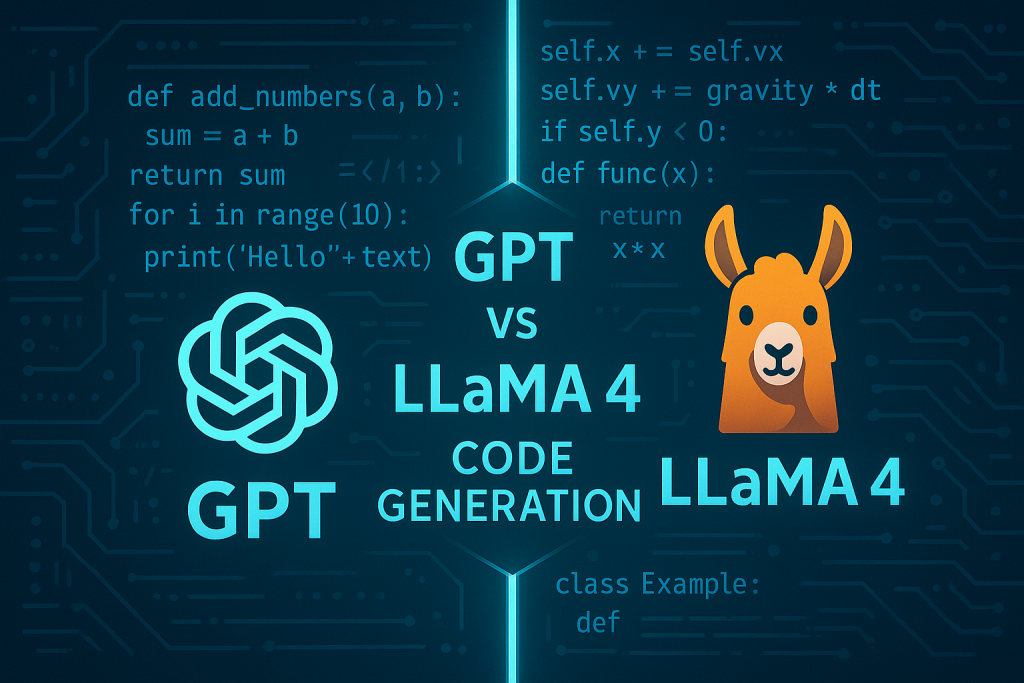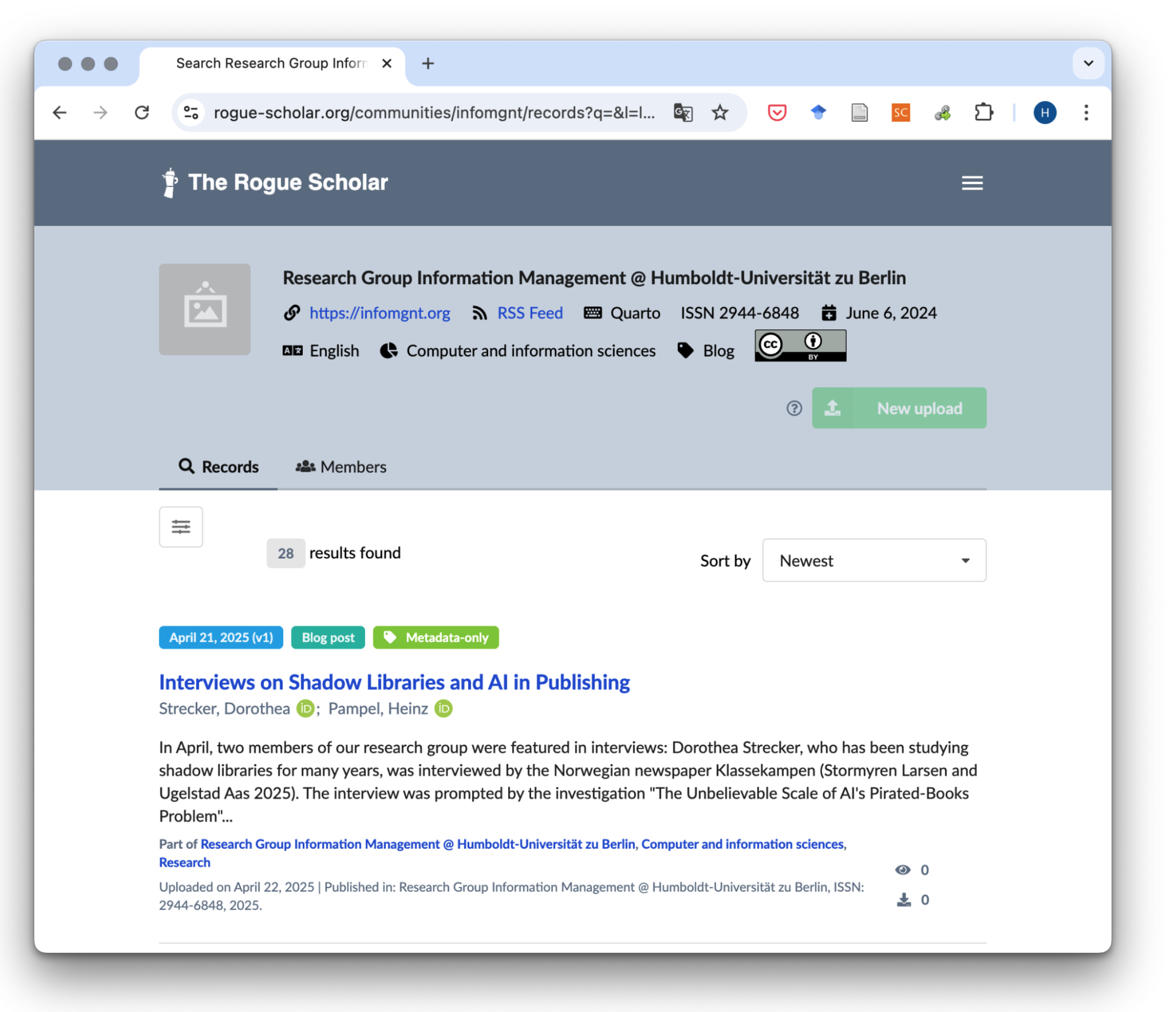Arturo Souto , DR © Litografía, ca. 1950 Esta es una reproducción digital, con fines de divulgación, de una obra original, todos los derechos de autor y reproducción están reservados por el coleccionista.
Rogue Scholar Beiträge

Following on from releasing BOLD View I’ve started to explore how the classifcation of DNA barcodes changes over time. BOLD uses the RESL algorithm described in Ratnasingham & Hebert (2013, 2016) to cluster barcodes into “BINs”. As the number of DNA barcodes grows over time these clusters may change.
Way back in 1977, the crystal structure of the sulfur ring S7 was reported.

How Biotech Became the New National Service

These two statements are the reason this book exists: as historians we want to be useful, and we can (if we look) find better or different ways to do history. Specifically, we think that (ancient) history can speak to political science, and political science can help us better understand (ancient) history.
Our paper on how the careful design of LLMs is crucial for expert-level evidence retrieval has been published today in PLOS One and is available fully open access! In a nutshell, we tested 10 LLMs with six different retrieval strategies on their ability to answer questions related to conservation, benchmarked against the Conservation Evidence database that has been hand-assembled by experts over the last two decades.

Introduction Code generation powered by large language models is reshaping how developers write software. OpenAI’s GPT series and Meta’s open-source Llama 4 are two leading options in this space.

As part of the Infra Wiss Blogs project funded by the German Research Foundation (DFG), we invite you to a webinar on the topic of archiving scholarly blogs. This webinar will focus on the Rogue Scholar service by Front Matter. After an introduction to the Infra Wiss Blogs project, we will present and discuss how WordPress-hosted scholarly blogs can be archived with Rogue Scholar.

Im Rahmen des von der Deutschen Forschungsgemeinschaft (DFG) geförderten Projekts Infra Wiss Blogs laden wir Sie herzlich zu einem Webinar zum Thema Archivierung wissenschaftlicher Blogs ein. In diesem Webinar steht der Dienst Rogue Scholar von Front Matter im Fokus. Nach einer Einführung in das Projekt Infra Wiss Blogs, wird Rogue Scholar vorgestellt.

Rogue Scholar archives the content of currently more than 150 science blogs with more than 40,000 blog posts. In this blog post, I want to clarify the guidelines that Rogue Scholar tries to follow regarding authorship. Rogue Scholar blog posts are scholarly content and thus follow the same basic guidelines as other scholarly outputs, such as journal articles, preprints, or book chapters.
Everybody[1] knows that in the early years of the 20th Century, the Carnegie Museum in Pittsburgh sent casts of its iconic Diplodocus around the world. Ten casts, in fact: to London, Berlin, Paris, Vienna, Bologna, St. Petersburg, La Plata, Madrid, Mexico City and Munich.